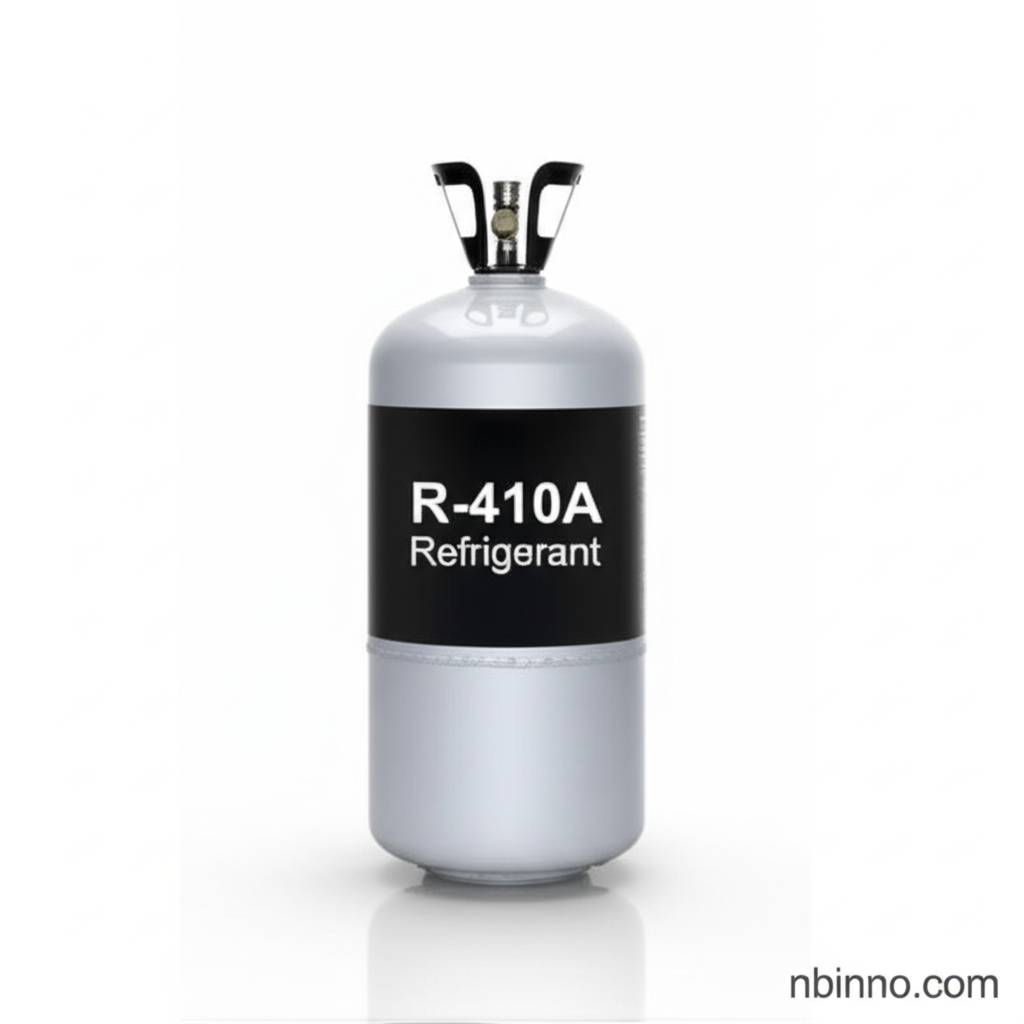R-410A Refrigerant Phase-Out: A Comprehensive Guide for HVAC System Transitions
Prepare for the shift: understand the R-410A phase-out, discover eco-friendly alternatives, and make informed decisions for your home's comfort system.
Get a Quote & SampleUnderstanding the Core of R-410A Refrigerant

R-410A Refrigerant
R-410A refrigerant is a type of hydrofluorocarbon (HFC) refrigerant primarily used in modern air conditioning systems and heat pumps. It rose to prominence as an environmentally preferred replacement for the ozone-depleting R-22 refrigerant. Known for its robust performance, R-410A facilitates efficient heat transfer and contributes significantly to indoor climate control.
- Key Role in HVAC: R-410A is a crucial hydrofluorocarbon (HFC) refrigerant, widely recognized for its role in residential and commercial HVAC systems.
- Efficiency Pioneer: Initially introduced as a replacement for ozone-depleting R-22, R-410A offered significant improvements in energy efficiency.
- Safe and Stable: Its chemical composition ensures non-toxic and non-corrosive properties, making it a reliable choice for diverse applications.
- Transition Catalyst: Despite its superior performance, R-410A is undergoing a refrigerant phase-out due to its high global warming potential (GWP), paving the way for newer, greener alternatives.
Key Advantages of Embracing the Refrigerant Transition
Enhanced Environmental Responsibility
The shift away from R-410A to newer A2L refrigerants like R-32 and R-454B significantly reduces global warming potential, aligning with global climate goals and promoting a healthier planet.
Improved System Efficiency
Modern HVAC units designed for the new refrigerants often offer greater energy efficiency, leading to substantial long-term savings on utility bills and enhanced comfort.
Future-Proofing Your Investment
Upgrading your system now ensures compliance with upcoming 2025 HVAC refrigerant changes, preventing costly repairs and ensuring system compatibility in the future.
Key Applications
Residential Air Conditioning
R-410A has been the standard in cooling homes, ensuring optimal comfort. Future residential units will use lower GWP refrigerants to meet the 2025 HVAC refrigerant changes, offering more sustainable home air conditioning.
Commercial HVAC Systems
Essential for climate control in businesses and large spaces, these HVAC systems benefit from the high heat transfer efficiency of R-410A and its upcoming replacements, ensuring consistent indoor climates.
Heat Pumps
Providing both heating and cooling capabilities, heat pumps leverage refrigerants for year-round comfort. New models will focus on even lower global warming potential to enhance their eco-friendly profile.
Industrial Refrigeration
For precise temperature control in industrial settings, the robust performance of R-410A and its successors ensures product preservation and operational efficiency within these critical HVAC systems.
